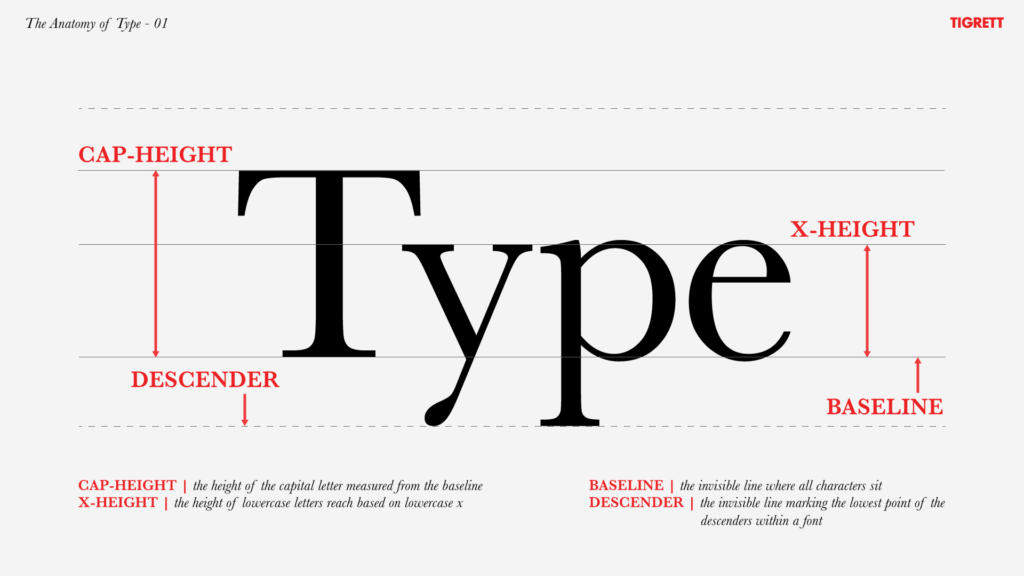- Central vision - Should be used for details.
- Peripheral vision - Area that we are not directly look but we perceive layout or scene.composition
- Your brain want to see pattern. Use spacing and common shapes to express that.
- Facial recognition uses special part of brain outside of visual cortex whose sole purpose is to recognize faces. Faces 'on page' implicitly grabs attention, use frontal view of face if possible.
- They also found that people evaluate whether face is human and alive mostly by eyes of that face.
- Give people cues what they can do with 'object'. E.g. use shadows for button toggle states.
- All caps is perceived as shouty.
- There are some readability formulas (e.g. Flesh-Kincaid formula)
- Providing meaningful title or headlines are the most important things you can do.
- People identify letters through pattern recognition
- decorative fonts interfere with pattern recognition
- if text is hard to read, people also transfer that feeling onto real subject/meaning of that text (e.g. some task description)
- fonts with larger x-height are easier to read
- people read longer lines faster but prefer shorter line length. If text content is important, use shorter lines (45-72) otherwise people will not stick around it for long.
- working memory can hold up to 3-4 items very effectively. Therefore try to limit number of choices/links/... to 3-4. If not possible try to group a like items into chunks with max 3-4 items in each group.
- to get information from working to long term memory you can either repeat that information over and over again or you can associate new information with already known schema.
- do not assume that people will remember information. Provide it or make it easy to look it up.
- Do not include all content on one page. Use "progressive disclosure" -> show only what user need when they need.
- It is ok to make them click often but only if they find information what they search there.
People are using mental resources that can be divided into 3 groups (order by most "expensive")
- Cognitive (thinking/remembering)
- Visual
- Motoric
When designing you will need to make tradeoffs between those 3. Try to decrease load on user by using lower resource category load. It is ok to make user click 10 times if each step is simple a clear and they do not need to think and feels progress/satisfaction.
- mental model defines what user expects product to look like or to be interacted with. Many times mental models are created/shaped from previous experiences.
- conceptual model represents reality (how product was designed to be interacted with)
- if you make sure that these two models match as much as possible then you will create positive user feedback/experience.
If it is critical to pay attention to information. Make information stand up 10 times more than you think is necessary.
If you require person to do sequence repeatedly, make it easy to do, but realize that people can then make errors because they are doing is automatically.
People lose attention/focus very quickly (7-10 minutes). Keep online demos/tutorials under this limit. If not possible give break or introduce novel information.
- anything that moves
- pictures of human faces, food, sex or danger
- stories
- loud noises
Idea of having 3 brains.
- new (conscious, reasoning, logic)
- mid (emotions)
- old (Can I eat it? Can I have sex with it ? Will it kill me ?
You can not resist to look at food do you ?
Shorter the distance to the goal the more motivated people are to reach it. You can get illusion of progress to motivate people (loyalty coffee card example).
Best reinforcement (reward) system is the one with variable ratio (the number of action to reward is variables but it averages to certain number).
Dopamine makes you curious about ideas and fuels you to search more. Dopamine is also stimulated by unpredictability, this is used by many platforms to keep you engaged (you do not know when exactly or in which form tweet/email/... arrives so it will make you click again and again).
- social groups
- "strong tie" group (physical proximity and interaction). Max size limit ~150.
- "weak tie" group (do not rely on direct communication)
- mimicking other people body language makes them like you more (we are doing it unconsciously)
- many usability guidelines are actually guidelines that mimic person-to-person communication
- laughter bonds people together (primary source are not jokes but normal interaction in conversations)
More cohesive your team is, the more you need to watch out for "group thinking". Encourage disagreement and debate. Let someone outside of the group review your group decision.
Information is processed more deeply and remembered longer if it is story form. Use anecdotes and stories in addition to data.
People make first quick decision about what is trustworthy by design factors of website (color, layout, font, navigation ...). If website makes it through first rejection, then content and credibility is main facto for trust evaluation.
Think ahead what mistakes may people make and change your design so mistakes will not be made. There is no error proof system. So when error will occur make sure that error message
- tells the person what he or she did
- explain problem in plain language
- instruct how to correct it
- show example if appropriate
Gather data in user testing where people make errors and categorize them. This may help you prevent future issues and redesigns.
Resist the impulse to give user large number of choices. They say they would like a lot of options but they would deviate from what they asked for. Keep number of choice at 3-4 as mentioned earlier.
Do not start group discussion with members talking about their initial impressions. If not you will pay less attention to relevant information and make worse decisions. Ask people to rate how confident they are in their decision before they show their decision to others.


